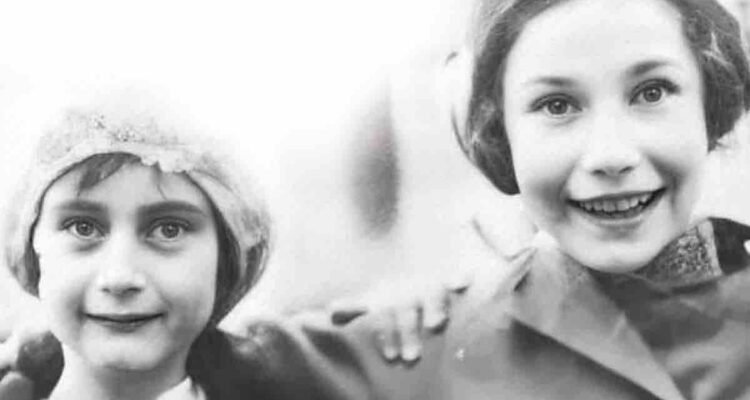In my youth, I was captivated by the diary of Anne Frank. If you have not heard of it, it is a unique type of war publication as it was penned by a teenage girl in hiding during the Holocaust. The only member of Anne’s family to survive was her father Otto Frank, who later published her diary to keep her memory alive.
This time, we hear of the epoch by one of her closest friends, Hannah Pick-Goslar. Like Anne, Hannah and her family fled Nazi Germany for Amsterdam due to the ever-increasing antisemitic sentiment in Germany at the time. There was a brief time of relative calm, during which Hannah and Anne became friends, attended Jewish school with several other displaced families living in the Rivierenbuurt area, and lived a normal childhood. The first four chapters of the book cover this era; there are 18 chapters in total.
In chapter five, Germany has invaded Poland, the Second World War has begun, and subsequently, the Nazis invade Amsterdam. After invasion, persecution of the Jewish community intensifies, and their rights become further and further restricted. The threat of being sent to the “labour camps” is omnipresent, however, as Hannah’s Opa and Papa (grandfather and father) have a history of civic engagement, their deportation to the camps has been delayed for quite some time. In chapter nine, they are ultimately sent to the transit camp of Westerbrook, placed on the list for the prisoner exchange programme, manage to obtain Palestinian passports, and are then transferred to Bergen-Belsen.
Read the book review by Rebecca Wu on Glam Adelaide.

